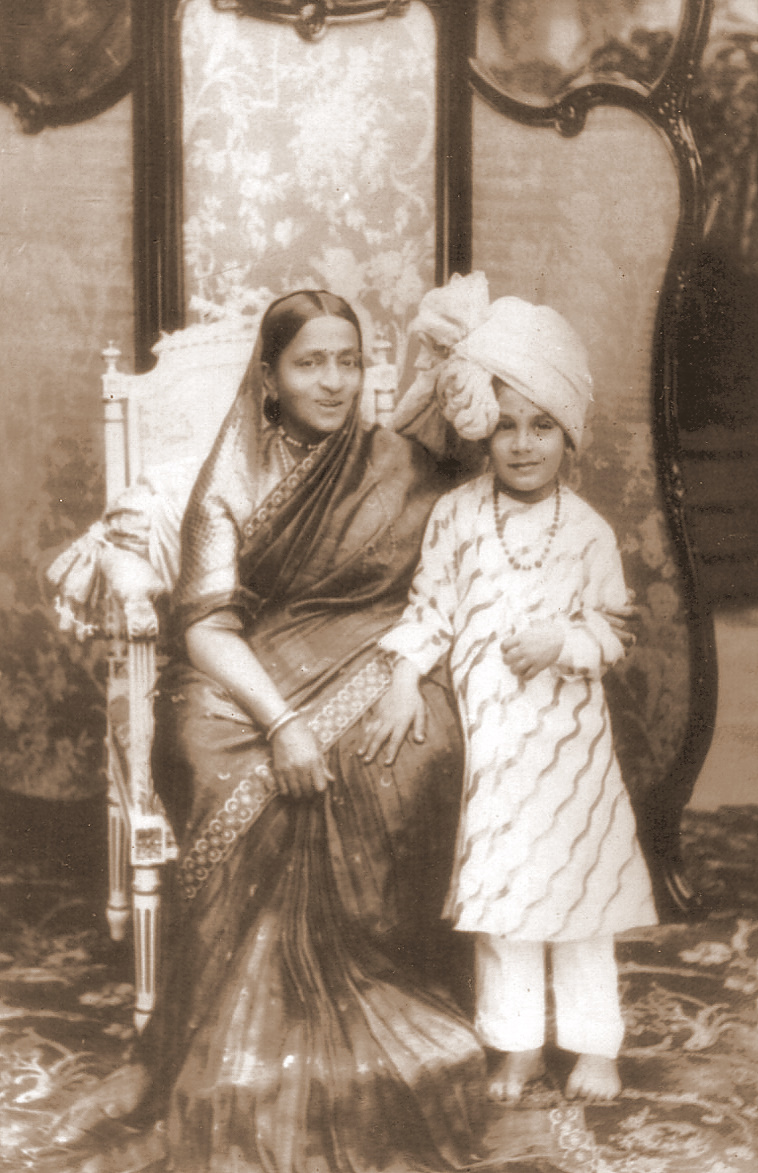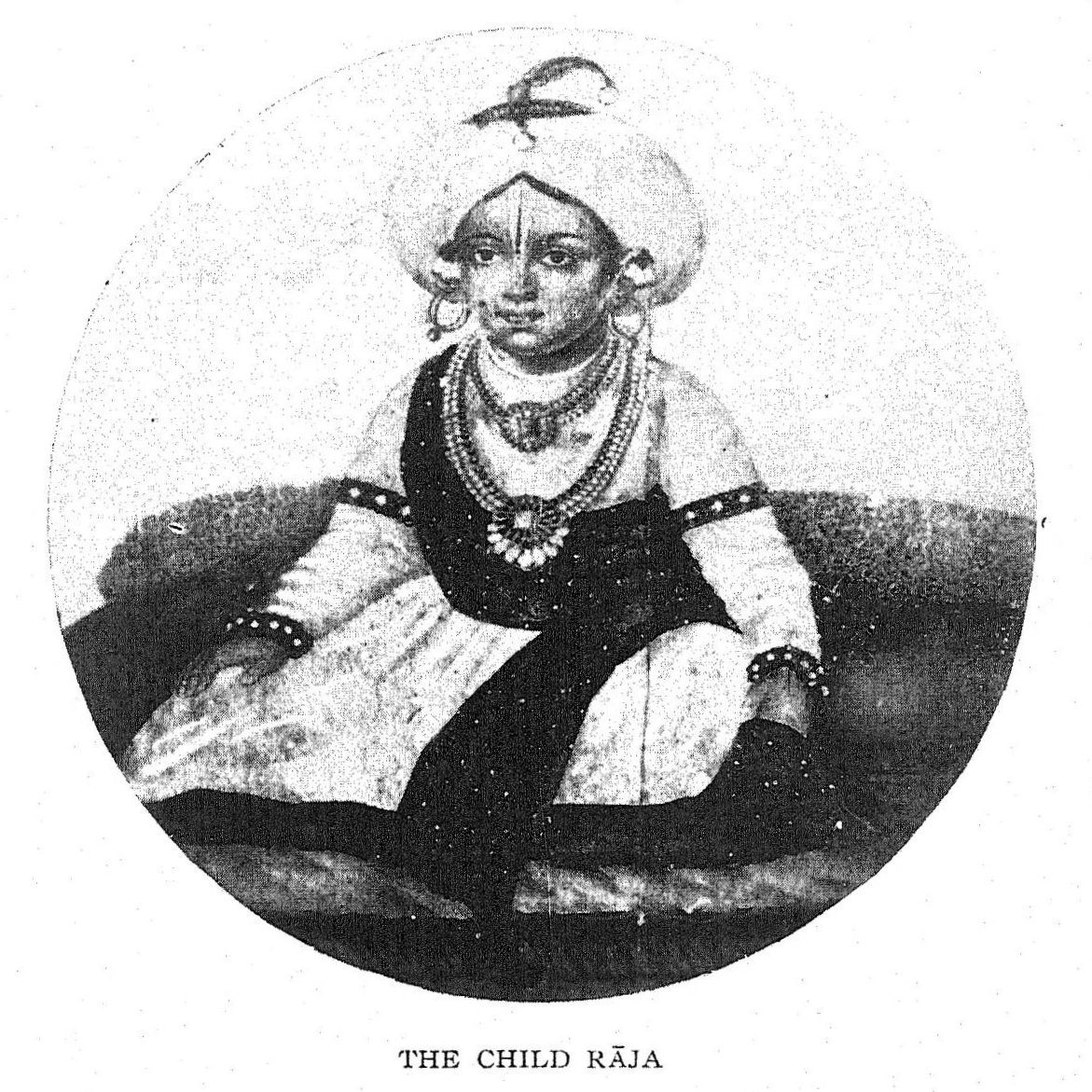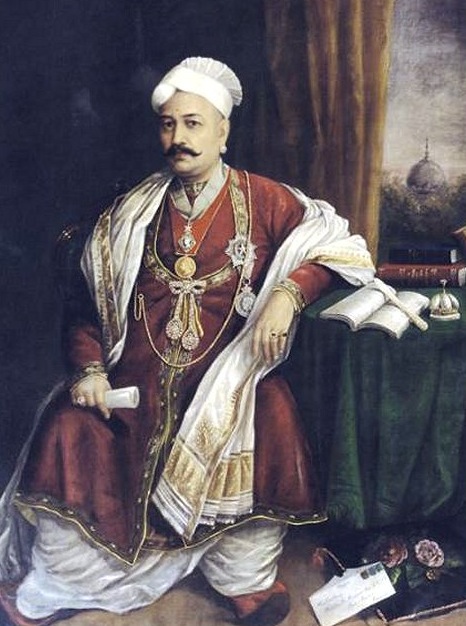|
Diwan Of Mysore
The dewan of Mysore (sometimes spelled diwan) was the ''de facto'' chief executive officer of the Government of Mysore (now Government of Karnataka), ''ex officio'' chairman of the Dewan's Council (now Cabinet), and the prime minister and royal adviser to the maharaja of Mysore. The role evolved in title and duties since the foundation of the fiefdom of Mysore in 1350 and its proper reformation into a kingdom in the following centuries until the kingdom's full abolishment in 1950. With the constitution of India into a republic in 1950, the position was replaced by Chief Minister of Mysore (later renamed Chief Minister of Karnataka). From offering minor political advice to the monarch as ''amatya'' (Sanskrit for minister) like in the Vijayanagara Empire to later acting as a major military chieftain as ''dalvoy'' (Kannada for military chief) like in other southern kingdoms to being the head of the government as ''dewan'' (Persian/Urdu for accountant or chief adviser) like in t ... [...More Info...] [...Related Items...] OR: [Wikipedia] [Google] [Baidu] |
Dewan Bahadur
Dewan Bahadur or Diwan Bahadur was a title of honour awarded during British rule in India. It was awarded to individuals who had performed faithful service or acts of public welfare to the nation. From 1911 the title was accompanied by a special Title Badge. ''Dewan'' literally means Prime Minister in Indian context and '' Bahadur'' means brave. This title was above Rao Bahadur title and people with Rao Bahadur could be elevated to status of Diwan Bahadur. Further, the Prime Ministers of Indian Princely States were known as Dewan/ Diwan. They were also given or promoted directly to the title of Dewan Bahadur by British authorities on being appointed Dewan, to suit their post. The Dewan and other similar titles issued during British Raj were disestablished in 1947 upon independence of India. List of people with Dewan Bahadur title * R. Raghunatha Rao – Dewan of Indore State from 1875 to 1880 and 1886 to 1888. * R. Ramachandra Rao * N. Pattabhirama Rao * K. Rangachar ... [...More Info...] [...Related Items...] OR: [Wikipedia] [Google] [Baidu] |
Urdu
Urdu (; , , ) is an Indo-Aryan languages, Indo-Aryan language spoken chiefly in South Asia. It is the Languages of Pakistan, national language and ''lingua franca'' of Pakistan. In India, it is an Eighth Schedule to the Constitution of India, Eighth Schedule language, the status and cultural heritage of which are recognised by the Constitution of India. Quote: "The Eighth Schedule recognizes India's national languages as including the major regional languages as well as others, such as Sanskrit and Urdu, which contribute to India's cultural heritage. ... The original list of fourteen languages in the Eighth Schedule at the time of the adoption of the Constitution in 1949 has now grown to twenty-two." Quote: "As Mahapatra says: "It is generally believed that the significance for the Eighth Schedule lies in providing a list of languages from which Hindi is directed to draw the appropriate forms, style and expressions for its enrichment" ... Being recognized in the Constitution, ... [...More Info...] [...Related Items...] OR: [Wikipedia] [Google] [Baidu] |
Jayachamarajendra Wadiyar
Jayachamarajendra Wadiyar (18 July 1919 – 23 September 1974), sometimes simply Jayachamaraja Wadiyar, was the twenty-fifth and last ruling Maharaja of Mysore, reigning from 1940 to 1950, who later served as the governor of Mysore until 1964 and as governor of Madras from 1964 to 1966. Wadiyar ascended the throne upon the sudden demise of his uncle Maharaja Krishnaraja Wadiyar IV. His reign as King began in 1940 during the onset of World War II in Europe and concluded with his merging the Kingdom into the Dominion of India in 1947 but continued as maharaja until India's constitution into a republic in 1950. Kuvempu, his Kannada teacher and the vice-chancellor of Mysore University, remarked upon his ceding the kingdom: "Whereas kings have become so upon assuming thrones, he became a great king by renouncing one". C. Hayavadana Rao, a noted historian, referred to the maharaja in the preface of his unfinished book as a "supporter of every good cause aiming at the moral and mat ... [...More Info...] [...Related Items...] OR: [Wikipedia] [Google] [Baidu] |
Indian Civil Service
The Indian Civil Service (ICS), officially known as the Imperial Civil Service, was the higher civil service of the British Empire in India during British Raj, British rule in the period between 1858 and 1947. Its members ruled over more than 300 million people in the presidencies and provinces of British India and were ultimately responsible for overseeing all government activity in the 250 districts that comprised British India. They were appointed under Section XXXII(32) of the Government of India Act 1858, enacted by the Parliament of the United Kingdom of Great Britain and Ireland, British Parliament. The ICS was headed by the Secretary of State for India, a member of the British cabinet. At first almost all the top thousand members of the ICS, known as "Civilians", were British, and had been educated in the best British schools.Surjit Mansingh, ''The A to Z of India'' (2010), pp 288–90 At the time of the partition of India in 1947, the outgoing Government of India's ICS ... [...More Info...] [...Related Items...] OR: [Wikipedia] [Google] [Baidu] |
Krishnaraja Wadiyar III
Krishnaraja Wodeyar III (14 July 1794 – 27 March 1868) was an Indian king who was the twenty-second Maharaja of Mysore. He ruled the kingdom for nearly seventy years, from 30 June 1799 to 27 March 1868, for a good portion of the latter period of which he was merely a nominal ruler. He is known for his contribution and patronage to different arts and music during his reign. He was succeeded by his biological grandson and adopted son, Chamarajendra Wadiyar X. Early years Krishnaraja Wodeyar III was born at Srirangapatna to Maharaja Chamaraja Wadiyar IX and his first wife, Maharani Kempananjammani Devi.Annals of The Mysore Royal Family Part-1: A publication by the Royal Family of Mysore: 1916 Maharani Lakshmi Devi, his adoptive grandmother, played a major role in the education and upbringing of her adopted grandson, Krishnaraja Wodeyar III, and was instrumental in his ascent to the throne.Rajakaryaprasakta Rao Bahadur (1936), p265 Since the insurrection of Mysore and stormi ... [...More Info...] [...Related Items...] OR: [Wikipedia] [Google] [Baidu] |
British Raj
The British Raj ( ; from Hindustani language, Hindustani , 'reign', 'rule' or 'government') was the colonial rule of the British The Crown, Crown on the Indian subcontinent, * * lasting from 1858 to 1947. * * It is also called Crown rule in India, * * * * or direct rule in India. * Quote: "Mill, who was himself employed by the British East India company from the age of seventeen until the British government assumed direct rule over India in 1858." * * The region under British control was commonly called India in contemporaneous usage and included areas directly administered by the United Kingdom of Great Britain and Ireland, United Kingdom, which were collectively called ''Presidencies and provinces of British India, British India'', and areas ruled by indigenous rulers, but under British British paramountcy, paramountcy, called the princely states. The region was sometimes called the Indian Empire, though not officially. As ''India'', it was a founding member of th ... [...More Info...] [...Related Items...] OR: [Wikipedia] [Google] [Baidu] |
Diwan Of Indore
Indore State was a kingdom within the Maratha Confederacy ruled by the Maratha Holkar dynasty. After 1857, Indore became a 19-gun salute princely state within the Central India Agency of the Indian Empire under British protection. Indore State was located in the present-day Indian state of Madhya Pradesh, with its capital at the city of Indore. The state had an area of 24,605 km2 and a population of 1,325,089 in 1931. Other important towns besides Indore were Rampura, Khargone, Maheshwar, Mehidpur, Barwaha, and Bhanpura; there were a total of 3,368 villages. History By 1720, the headquarters of the local pargana was transferred from Kampel to Indore due to the increasing commercial activity in the city. On 18 May 1724, the ''Nizam'' accepted the rights of the Maratha Peshwa Baji Rao I to collect chauth (taxes) from the area. In 1733, the Peshwa assumed full control of Malwa and appointed his commander Malhar Rao Holkar as the subahdar of the province. On 2 ... [...More Info...] [...Related Items...] OR: [Wikipedia] [Google] [Baidu] |
Baroda State
Baroda State was a kingdom within the Maratha Confederacy and later a princely state in present-day Gujarat. It was ruled by the Gaekwad dynasty from its formation in 1721 until its accession to the newly formed Dominion of India. With the city of Baroda ( Vadodara) as its capital, its relations with the British Raj authorities were managed by the Baroda Residency. The revenue of the state in 1901 was Rs. 13,661,000. Baroda merged into the Dominion of India on 1 May 1949, before which an interim government was formed in the state. History Early history Baroda derives its native name ''Vadodara'' from the Sanskrit word ''vatodara'', meaning 'in the heart of the Banyan (''Vata'') tree. It also has another name, ''Virakshetra'' or ''Virawati'' (land of warriors), mentioned alongside ''Vadodara'' by the 17th century Gujarati poet Premanand Bhatt, native to the city. Its name has been mentioned as ''Brodera'' by early English travellers and merchants, from which its ... [...More Info...] [...Related Items...] OR: [Wikipedia] [Google] [Baidu] |
List Of Prime Ministers Of Hyderabad State
__NOTOC__ This article lists the prime ministers of the Hyderabad State. In 1919, Asaf Jah VII ordered the formation of the Executive Council of Hyderabad, presided by Sir Sayyid Ali Imam, and with eight other members, each in charge of one or more departments. The President of the Executive Council would also be the Prime Minister of Hyderabad. The position was abolished in 1948 when Indian Army invaded the Hyderabad State and merged it with the Union of India. List of officeholders See also * List of Diwans of Mysore * List of Diwans of Travancore References External links Hyderabad, Princely States of India WorldStatesmen.org {{DEFAULTSORT:Prime Ministers of Hyderabad State * Hyderabad State Hyderabad State () was a princely state in the Deccan region of south-central India with its capital at the city of Hyderabad. It is now divided into the present-day state of Telangana, the Kalyana-Karnataka region of Karnataka, and the ... India history-related ... [...More Info...] [...Related Items...] OR: [Wikipedia] [Google] [Baidu] |
List Of Diwans Of Travancore
The Diwan or Dewan of Travancore was the head of government of Travancore in the nineteenth and twentieth centuries, serving at the pleasure of the Maharaja, corresponding to a prime minister, and consisting in the formal titles Valiya Sarvadhikaryakar and Dalavayi, Dalawa until the insurrection of Velu Thampi Dalawa and administrative reforms of John Munro, 9th of Teaninich, John Munro. Post-Munro, the title of ''Dalawa'', which remained formally the highest ranking established office, though administratively impotent, was revived as a sinecure to sideline Raman Menon and remove him from the Diwanship. The office of Diwan existed until 1948, when it gave way to the office of Prime Minister of Travancore. List of Diwans * Arumukan Pillai (1729–1736) * Nanu Pillai (1736–1737) * Ramayyan Dalawa (1737–1756) * Martandan bagavathi Pillai (1756–1763) * Subbayyan Dalawa (1763–1768) * Krishna Gopalayyan Iyyer (1768–1776) * Vadiswaran Subbrahmanya Iyer (1776–1780) * Mullen ... [...More Info...] [...Related Items...] OR: [Wikipedia] [Google] [Baidu] |
Tipu Sultan
Tipu Sultan (, , ''Sultan Fateh Ali Sahab Tipu''; 1 December 1751 – 4 May 1799) commonly referred to as Sher-e-Mysore or "Tiger of Mysore", was a ruler of the Kingdom of Mysore based in South India. He was a pioneer of rocket artillery. He expanded the iron-cased Mysorean rockets and commissioned the military manual ''Fathul Mujahidin''. The economy of Mysore reached a zenith during his reign. He deployed rockets against advances of British forces and their allies during the Anglo-Mysore Wars, including the Battle of Pollilur (1780), Battle of Pollilur and Siege of Srirangapatna (1799), Siege of Srirangapatna. Tipu Sultan and his father Hyder Ali used their French-trained army in alliance with the French in their struggle with the British, and in Mysore's struggles with other surrounding powers: against the Maratha Empire, Marathas, Sira, India, Sira, and rulers of Malabar (Northern Kerala), Malabar, Kodagu district, Kodagu, Keladi Nayaka Kingdom, Bednore, Carnatic regi ... [...More Info...] [...Related Items...] OR: [Wikipedia] [Google] [Baidu] |









